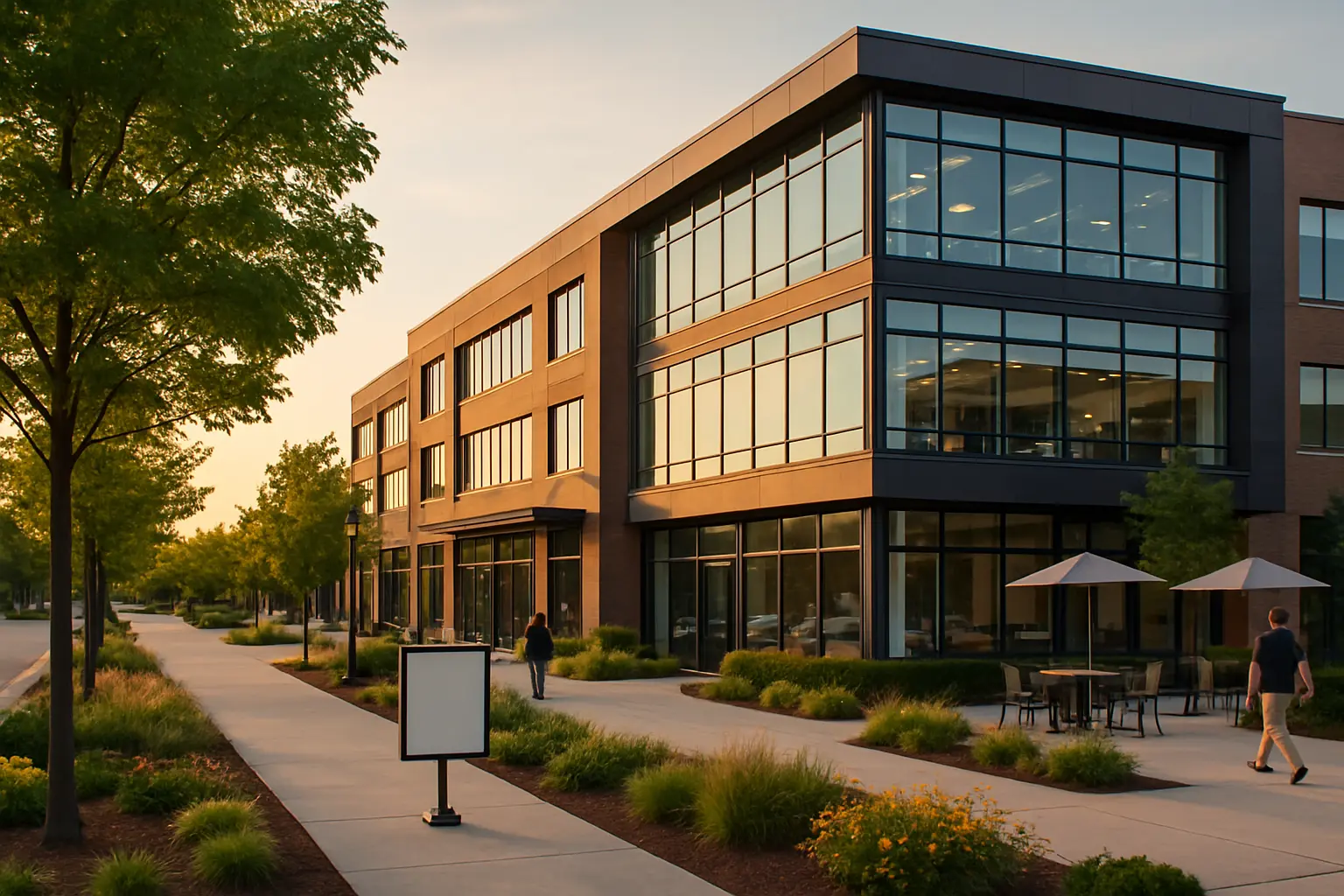The Hidden Business Districts of Chicago's Suburbs: Your Next Investment Opportunity
Discover the untapped potential of emerging commercial corridors in suburban Chicago that savvy investors are quietly capitalizing on.

The Evolution of Suburban Commercial Real Estate
For decades, investors have fixated on Chicago's downtown commercial real estate market, overlooking the goldmine of opportunities emerging in suburban business districts. As work patterns shift and communities evolve, suburban commercial corridors are experiencing an unprecedented transformation, creating fertile ground for savvy investors.
The Transformation of Suburban Business Hubs
The landscape of suburban Chicago is undergoing a remarkable metamorphosis, with areas like Glenview leading the charge in innovative mixed-use development. These emerging districts are redefining the concept of suburban commerce, blending retail, office space, and lifestyle amenities into cohesive community centers.
Case Study: The Glen's Success Story
The Glen in Glenview stands as a testament to successful suburban commercial development. This former naval air station has evolved into a thriving mixed-use destination, featuring:
- Diverse Commercial Spaces: From boutique retail to corporate offices
- Entertainment Venues: Including restaurants and cultural facilities
- Residential Integration: Creating a built-in customer base
Strategic Advantages of Suburban Commercial Investments
Investing in suburban commercial real estate offers distinct advantages over traditional downtown investments:
Cost Benefits
- Lower Entry Costs: More affordable price points per square foot
- Reduced Operating Expenses: Lower property taxes and maintenance costs
- Higher Potential ROI: Greater room for value appreciation
Growing Local Economies
Suburban business districts are experiencing robust growth driven by:
- Population shifts favoring suburban living
- Increased demand for local professional services
- Rising preference for work-near-home opportunities
Market Demand Trends
Recent market analysis shows suburban commercial occupancy rates climbing steadily, with particular strength in:
- Medical office spaces
- Professional service centers
- Lifestyle-oriented retail
- Mixed-use developments
Positioning for Success
To capitalize on suburban commercial real estate opportunities, investors should:
Key Investment Strategies
- Focus on Transportation Corridors: Properties near major highways and public transit
- Target Growing Demographics: Areas with increasing population and income levels
- Consider Mixed-Use Potential: Properties suitable for diverse commercial applications
"The future of commercial real estate lies in creating integrated suburban spaces that serve both business and community needs."
Conclusion
Chicago's suburban commercial real estate market represents an untapped opportunity for investors willing to look beyond downtown. With lower entry costs, growing local economies, and increasing demand for suburban business spaces, the time to invest in these emerging districts is now. Success lies in identifying areas with strong growth potential and understanding the evolving needs of suburban communities.


